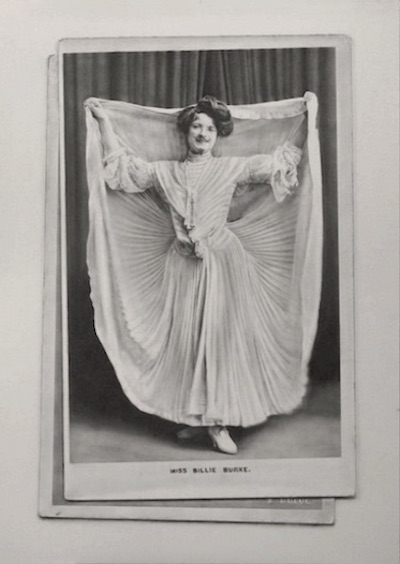
© Light Fogarolli, sculpture amoral
Expositions du 6/11/15 au 8/11/15 Terminé
Galerie Alberta Pane 47 rue de Montmorency 75003 Paris France
Alberta Pane Gallery is pleased to present a duo-show by the Italian artist Christian Fogarolli and the Portuguese artist João Vilhena. For the upcoming edition of Artissima the gallery presents an exhibition which aims to relate the common features of these artists’ work: women portraits and body representations discovered through archival research in psychiatric hospitals or police archives for Christian Fogarolli and a series of postcards and images of nineteenth century stereoscopic views revisited by João Vilhena. They’re interested in vintage imagery to rebuilt what has been long lost. Through provocation, eroticism, disturbing situations and human behaviours, included concepts as voyeurism and unhealthy curiosity, they distort reality and the use of the image, delving into the past to fill a void in a symbolic way.Galerie Alberta Pane 47 rue de Montmorency 75003 Paris France
The gallery presents an exhibition with 3 new photographs by Christian Fogarolli, some recent drawings by João Vilhena on the walls and some new sculptures by Christian Fogarolli on the floor. Christian Fogarolli’s research is characterized by a strong interest in the nature of identity, investigated through different perspectives, such as the archival research. The work shows connections with scientific disciplines and theories, which have often been disguised under the name of art. The artworks, mainly in the shape of installation and photography, can be contextualized within a study on the image and object perception in relation to subjectivity, with strong ties to abnormality and deviance. João Vilhena's work is, and has always been, led by the interest he takes in the role of the beholder. For the artist a work is made by the look upon it, which activates it and creates its meaning. A virtuoso of the pencil and the word, João Vilhena feints, hides, substitutes end disguises without ever unveiling what lies beyond.

©João Vilhena, L’ancien coût des cures tisanes, 2015, drawing, pierre noire on grey board, 141 x 101 cm. Courtesy Galerie Alberta Pane
João Vilhena makes large-format drawings in black chalk on on grey cardboard. They evoke closed worlds, with their own rules, shaped by fictions backing into fantasies. The artist takes inspiration from old postcards, using mirror images and doubling them up and
folding them into each other. After reading the works of Georges Bataille, he has been following, for some years now, an approach to drawing focused on eroticism. He immediately responded to the relationship that Bataille proposes between the erotic and the holy.
“I believe that art has always been connected to the holy, at least until the modern era. The holy and the erotic have always been paired. When you think about the frescos of the Sistine Chapel, you can’t help but wonder whether the development of the sacred meaning of the images is not erotic after all. What I find interesting about eroticism is its power of transgression, which can lift a taboo without completely suppressing it. Nowadays art has probably nothing to do with the divine, but I do believe that it still retains something holy in its transgressive function”. JV

